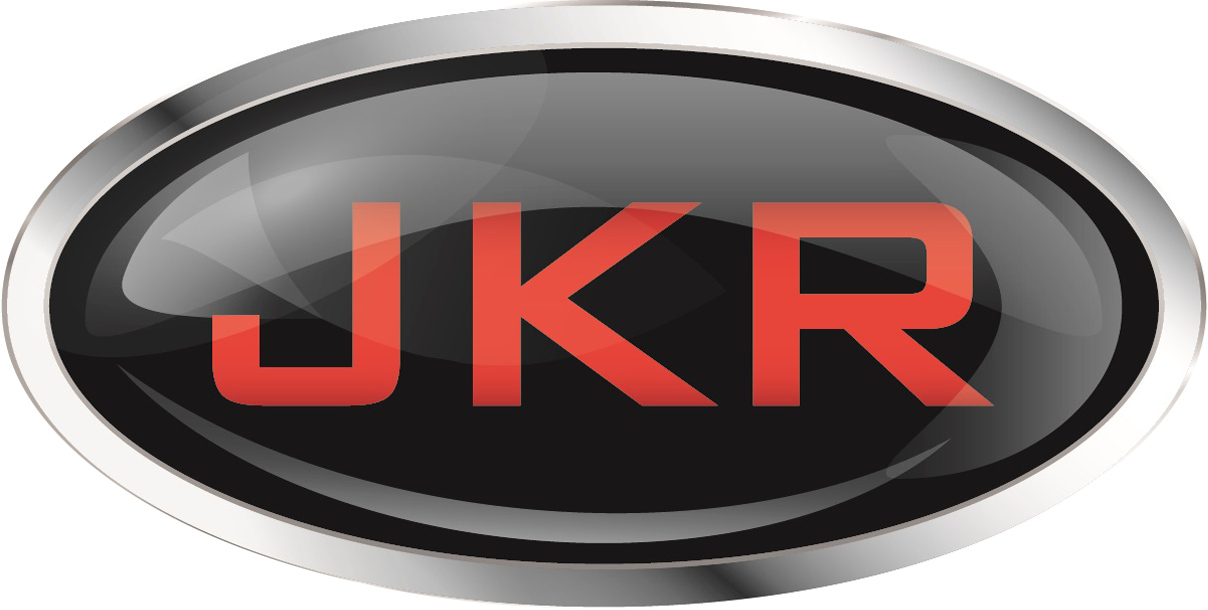New Rules: EPA Reducing Sulfur in Gasoline
 The EPA reducing sulfur levels in gasoline is a move that was not wholly unexpected. Specifically, the EPA’s new regulations mean that sulfur content in gasoline will be cut by two-thirds. It is considered to be a big benefit for automobile owners in multiple ways. The reduction of air pollution and tailpipe emissions are just the beginning.
The EPA reducing sulfur levels in gasoline is a move that was not wholly unexpected. Specifically, the EPA’s new regulations mean that sulfur content in gasoline will be cut by two-thirds. It is considered to be a big benefit for automobile owners in multiple ways. The reduction of air pollution and tailpipe emissions are just the beginning.
It is good from a health standpoint, as smog has been linked to lung cancer, heart disease and even asthma. In fact, the EPA estimates that for every dollar spent raising the standards, 13 others would be saved in health benefits due to a decrease in illnesses and an uptick in workplace productivity.
Effects of EPA Reducing Sulfur
Since the 1990s, most gas stations have been selling E10, which is a blend of 10 percent ethanol and 90 percent gasoline. Ethanol is believed to reduce a vehicle’s fuel economy because it contains less energy than gasoline. However, on the flip side, some auto manufacturers are actually asking for a formula with more ethanol. Why? Because they can make specification changes to their engines, taking advantage of its ingredients. For example, turbocharged engines could actually run at higher levels using the fuel with extra ethanol.
Cleaner fuel will also make the emissions systems on vehicles last longer, thereby improving overall reliability.
American Petroleum Institute President Jack Gerard says the regulations of the EPA reducing sulfur will cost the oil industry about $10 billion, plus another estimated $2.4 billion per year to remain compliant. Refineries are being given up to six years to make the transition.
Costs of EPA Reducing Sulfur
The new regulations will add an estimated $72 increase to the price of each new vehicle by 2025, and just under a penny per gallon of gas. However, these improvements would more than pay for themselves over the life of the vehicle.

